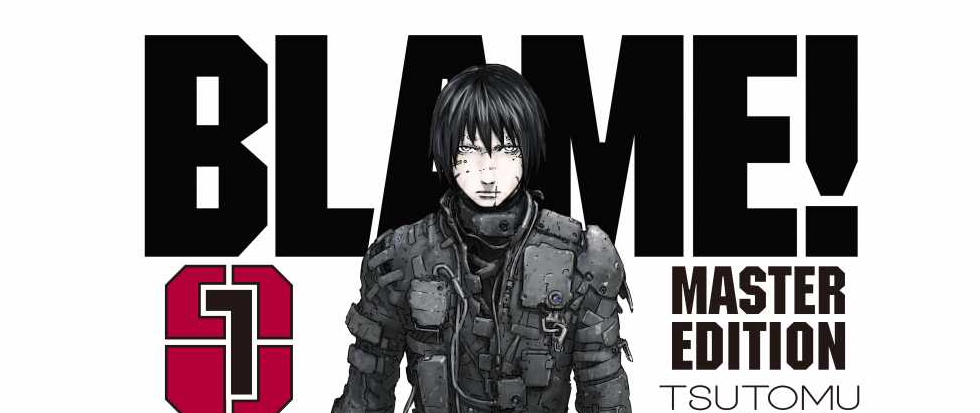
Blaming the Unchecked Algorithm
In a recent episode of On the Media, Editor-in-Chief of The San Francisco Chronicle Audrey Cooper talks about the consequences of Facebook’s upcoming edits to its newsfeed algorithm. These types of adjustments, which launch with little input from or coordination with the many media organizations that Facebook groomed for dependency on the “platform,” bring wrack and ruin to journalists just trying to put news in front of their readers. Cooper’s frustration is understandably palpable—Facebook purports not to be a “publisher” so that it can skirt copyright claims, but more or less decides who sees what. Or rather, they build the algorithmic instructions that operate in the electrostatic interstice between humans and the net that inscrutably serves us content.
This fallible series of instructions, pulling our data from the fragmented and sundry sources we in/voluntarily feed the web, is why we are regularly reminded of ex-lovers, dead pets, and in worse cases, “people we may know” who might have caused us great harm or seek to do so. It’s clear that Facebook’s algorithm, and the place of such tools in general, has a ways to go before securely rooting into our daily lives.
Blame!, Tsutomu Nihei’s post-cyberpunk dystopian sprawl, paints a future where the algorithm has continued ticking past humanity. Time, space, distance, all limits of human life have been eradicated, and to that end, most human life as well. History is lost to the self-building megastructure, operating by algorithm for millennia. The majority of this series depicts a singular wanderer named Killy as he ranges through this literally endless city searching for a human who has the “net terminal gene”. But Killy’s goals, motivation, history, or even really the plot of his journey is not the central focus of Blame!; rather, it’s a sumptuous spelunking of meticulously manufactured chasms. Entire chapters will scroll by with fewer than twenty words of dialogue as we follow Killy and others through incomprehensibly vast fabricated spaces, architecture that was neither composed by nature as we knew it nor guided by the hand of mankind, at least not any longer.
It’s revealed that this megastructure has been consistently expanding thanks to builders, machines created explicitly to fabricate further into space (one assumes), erecting tubes, stairs, rooms, pathways, cities within cities within cities. These builders hardly blink at passing humans, turning away from their prescribed activities only if directly interrupted. They simply and single-mindedly build, a cancer of construction that operates according to assumedly complex instructions that couldn’t possibly have accounted for all contingencies. Like the near extinction of humanity, or the development of sentient silicon life.
Within Blame!, this silicon life is the natural evolution of our fears about artificial intelligence: uncanny and otherworldly, shaped in our image but winnowed in other directions like a tributary off a river. The silicon life in Blame! is monstrous, mechanical, arachnid, but still humanoid—a reflection of our own central programming for survival. They are mostly treated as the antagonists to Killy but one can’t help but develop a sense of sympathy them—Killy is a demonic terminator so insurmountable that it’s no real surprise that these silicon creatures are lashing back like cornered rats. One might think that surely the megastructure is large enough for everyone, but tribalism prevails. Time and death have little meaning except through violence. The Authority no longer holds sway over its creation. The unleashed automation of scripted life spools on endlessly.
Nihei’s artwork unwinds as both organic and schematic. He synthesizes the aesthetics of precision manufacturing with a cellular improvisation, crafting the humans and the silicon life out of the same inky molecules. It’s an expressive counterpoint to the unchecked algorithmic growth depicted, an argument against the purity of code and logic. Blame! represents a labyrinthine prison of our own creation where imagination is stripped from human interaction and we let a series of calculations determine the boundaries of our worldly engagement. It’s not a manga you go to for plot or details, and apparently, Facebook is not a site you go for these things either. But Nisei makes a case for the explosive beauty of the sprawl where, like with Facebook, all algorithms will likely fail us, leaving carbon and silicon-kind to scrape new purpose from the malignant wastes.





